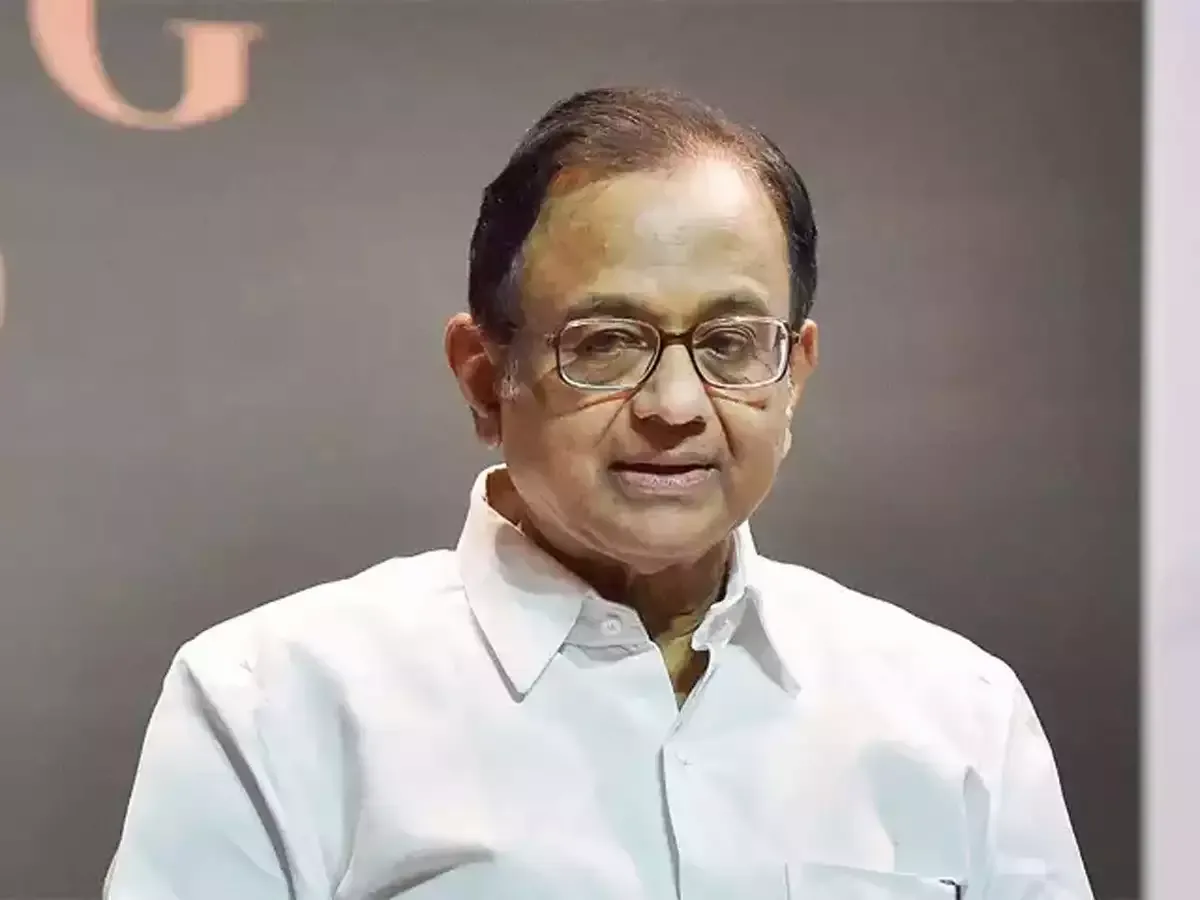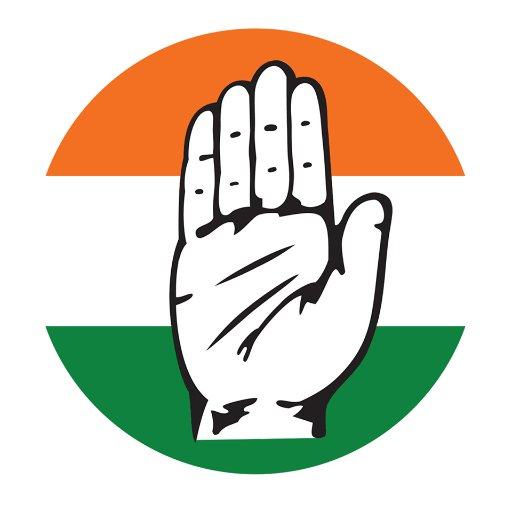Budget abandons the lesser gods

- P. Chidambaram, M.P
I
There is a proverb in Tamil that goes as follows: If hunger strikes, all ten will fly away. The ten are honour, clan, education, generosity, knowledge, charity, penance, effort, perseverance and desire. In modern times, the ten — and more — virtues seem to vanish at the time of elections. Admitted, Budget 2025-26 was presented on the eve of the Delhi elections and a few months before the Bihar elections. However, I have seldom seen a Budget that gives away all that the government can afford to give away in a year to a small number of persons in the hope that the ruling party can win their votes. That is precisely what the Hon’ble Finance Minister (FM) did in the Budget.
The FM calculated that she had — or was told she must find — a treasure of Rs.1,00,000 crore to distribute. She ‘found’ the money, and she decided to give away all of it to 3.2 crore persons who paid income tax (among the population of 143 crore people). It is a minor detail that the 3.2 crore income-tax payers included the middle class, the rich, the very rich and the super-rich. Along with the ten virtues contained in the Tamil proverb, modern values of governance such as equity, social justice and distributive fairness were thrown to the winds.
Politically-Driven Budget
As the budget exercise started, the FM was under the pressure of falling revenues. The Ministry of Finance (MOF) estimated that the total receipts of the central government will fall short of the budget estimates of 2024-25 by about Rs. 60,000 crore. Moreover, if the FM wanted to ‘improve’ the fiscal deficit of 2024-25 a tad, the MOF had to find at least Rs. 43,000 crore. Together, about Rs. 1,00,000 crore had to be garnered. Delhi elections were around the corner and, if giveaways were contemplated, those would require additional funds in 2025-26.
It is most probable that the ‘giveaway’ of a cut in the income tax was decided at the highest levels of the government. Which section of the tax-payers should get the benefit? Aw shucks (as Mr Trump would have said), let every income tax payer get it! Hence, the decision to raise the threshold of taxable income from Rs. 7 lakhs to Rs. 12 lakhs. The FM said it would cost Rs. 1,00,000 crore.
Take Hatchet to Budget
Once these decisions were taken, there was no option except to cut the expenditure in 2024-25 and to deny any kind of relief to other sections of citizens in 2025-26: MGNREGA workers (the poorest of the poor), daily wagers, non-income tax paying salaried workers, industrial workers, MSMEs, homemakers, pensioners and unemployed youth were ignored. The FM took a hatchet and ruthlessly cut both capital and revenue expenditure in this and the next years from ministries ranging from External Affairs to Education to Rural Development to Social Welfare to Urban Development. Besides, despite foregoing Rs. 1,00,000 crore, she simply assumed that net tax receipts to the central government will grow in 2025-26 at the same rate of 11 per cent as in 2024-25. According to the Periodic Labour Force Survey (PLFS), youth unemployment is 10.2 per cent and graduates’ unemployment is 13 per cent. The budget documents have 8 lines of expenditure on employment generation schemes, including 5 lines of the much-touted Productivity Linked Investment (PLI) schemes. The BE for 2024-25 for the 8 lines was Rs. 28,318 crores but the RE is only Rs. 20,035 crores. The employment generation programme is a spectacular failure.
Bottom 50% Abandoned
According to PLFS, the monthly wages of a salaried male worker had fallen in the last 7 years from Rs. 12,665 to Rs. 11,858 and for a self- employed male worker from Rs. 9,454 to Rs. 8,591. There was a similar decline for female workers too. According to the Household Consumption Survey, the average monthly per capita expenditure (MPCE) was Rs. 4,226 (rural) and Rs. 6,996 (urban). This is the average for the whole population of India. If one calculated MPCE for the bottom 50 per cent of the population, it will be lower, and for the bottom 25 per cent of the population, it will be even lower. How can a family of four live on a per capita monthly expenditure of 4 x Rs. 4000-7000 (or less) that will include expenditure on food, electricity, education, healthcare, rent, transport, repaying debts, recreation, social obligations and emergencies?
The Economic Survey said that India needed to create 78.5 lakh non-farm jobs every year until the year 2030. India’s manufacturing sector has diminished in the last 10 years: from 15.07 per cent of GDP in 2014 to 12.93 per cent in 2023 (Source: World Bank). India’s share of global manufacturing trade was 2.8 per cent against China’s 28.8 per cent. The manufacturing sector has not created the required number of jobs to absorb the unemployed, the daily wagers or the self-employed workers. ‘Made in India’ is another spectacular failure.
The Indian economy is not growing at a sufficient rate. As a result of the government’s policies (reflected in the FM’S Speech of February 1, 2025), a tiny fraction may become very rich and the middle class (at best 30 per cent of the population) may lead comfortable lives. However, the government stands charged of cruelly abandoning the bottom 50 per cent of Indians.
II
I am usually sceptical of bare promises made by a government; I prefer a time-table towards implementing the promises and a performance report at the end. Here are examples of the promises made by Mr Narendra Modi or his government since 2014, none of which has been achieved. • Economy will double to $5 trillion by 2022, says Modi – The Hindu, September 20, 2014 • In 2022 every house in India should have 24x7 electricity: PM Modi – Business Standard quoting PTI, September 4, 2015 • Every Indian will have house by 2022: PM Narendra Modi – The Indian Express • PM promises farmers income doubling by 2022 – The Hindu, June 20, 2018 • Bullet Trains To Be Reality In India By 2022, Says Narendra Modi To Indian Diaspora In Oman – info.com, photograph, ‘last year, Modi and his Japanese counterpart Shinzo Abe’ I wonder if 2022 is behind us or ahead of us?
Money is absolute numbers
Budget 2025-26 also contained many promises including 7 Schemes, 8 Missions and 4 Funds. There was no allocation of money for many of these schemes and missions. Naturally, during the debate on the budget, the Hon’ble Finance Minister (FM) was questioned by many MPs on the budget numbers. Budget is about money, and money is allocated and spent in absolute numbers. The FM took cover under ‘proportions’, not absolute numbers. For example, she admitted that her income tax relief of Rs. 1,00,000 crores to income-tax payers included the relief given to the rich (annual income over Rs. 1 crore), the very rich (> Rs. 100 crore) and the super-rich (> Rs. 500 crores), but explained that she had given proportionately small relief to the rich! The question that she did not answer was ‘Why do persons who have an annual income of Rs. 1 crore to Rs. 500 crore deserve any relief at all? Every economic decision involves the principle of equity and morality. The Modi government had, long ago, abandoned that principle and the FM dutifully followed her leader while giving ‘tax relief’.
The FM adopted the same technique while explaining the cuts in capital expenditure. The ‘cuts’ are real:
(in ₹ crore) ‘24-25 BE ‘24-25 RE ‘25-26 BE On Capital Account 11,11,111 10,18,429 11,21,090 Grants to States for capex 3,90,778 2,99,891 4,27,192 Total 15,01,889 13,18,320 5,48,282
Undeniably, in 2024-25, the central government’s capital expenditure was cut by Rs. 92,682 crore and the grants to states for capital expenditure were cut by Rs. 90,887 crore. FM denied there were any cuts as a proportion to GDP and asserted that the budget estimates (BE) for 2025-26 were higher. Assuming that the estimates for 2025-26 were correct, what is the guarantee that there will not be cuts in 2025-26 too? Will the promised grants to the states to create capital assets in 2025-26 not be cut as it was done in 2024-25? Equity, morality discarded Where did the cuts fall? Taking into account both capital and revenue expenditure, the major cuts in 2024-25 were in critical sectors: (in ₹ crore) Health 1,255 Education 11,584 Social Welfare 10,019 Agriculture 10,992 Rural Development 75,133 Urban Development 18,907 Employment Generation 8,283
Who is hurt most by cuts in expenditure on the above heads? The poor. Who benefits by the FM’s generous income tax relief? Not the poor. If the FM had desired to uphold equity and morality, she could have given tax relief through a cut in the GST rates or cut in the taxes on petrol and diesel. Or she could have to put more money in the hands of the people by increasing the MGNREGS daily wage or raising the statutory minimum wage in every kind of employment across the board. Ridicule was the reply The FM started her reply in the Rajya Sabha at 4 pm. The MPs are aware of her debating style and she did not disappoint them. At 5.20 pm she took a swipe at Manmohan Singh ridiculing his wisdom and his vision of 1991, and concluded that his ten years as Prime Minister marked a “lull” in reforms. At 5.30 pm she ridiculed the poor when she said, “No poor Jaya (Bachchan)! All of you are poor; I am also poor”. A few minutes later, she ridiculed Mr Raghav Chaddha, MP (AAP): “Am I really right in thinking that you are a Chartered Accountant?” A minute after 6 pm, the FM completed her reply. Not a word on the rising unemployment rate or the shrinking manufacturing sector. Not a word on inflation, stagnant wages or mounting household debt. Not a word on the budgeted but unspent money in the education and healthcare sectors. Not a word on the status of the scheduled castes or scheduled tribes. Not a word on the bottom 50 percent of the population of India. Not a word on the poorest of the poor —14.96 per cent of the population (or 21 crore) according to UNDP. To PM Narendra Modi and FM Nirmala Sitharaman, the poor do not exist. May the lesser gods forgive them.
The author is a former Union Minister
Courtesy: The Indian Express







